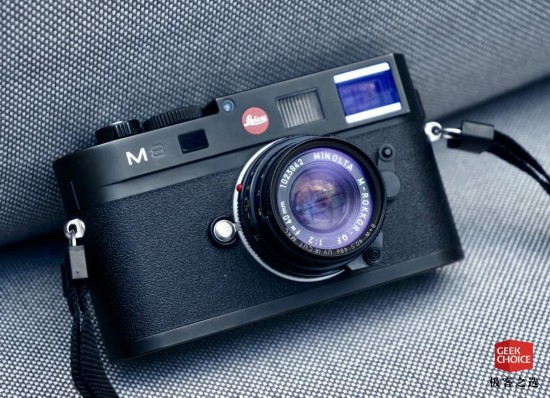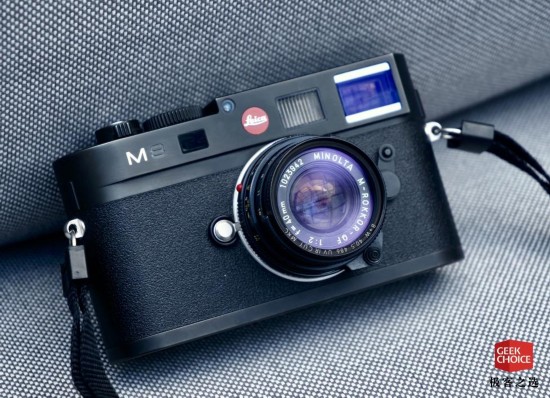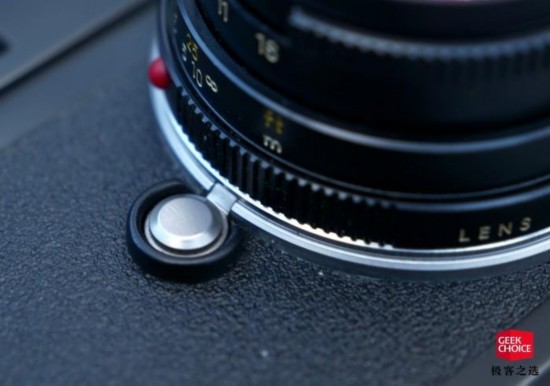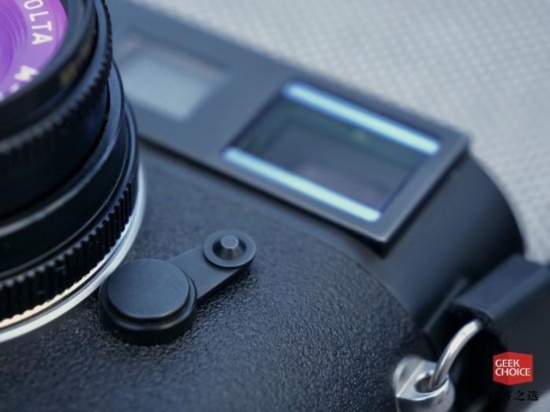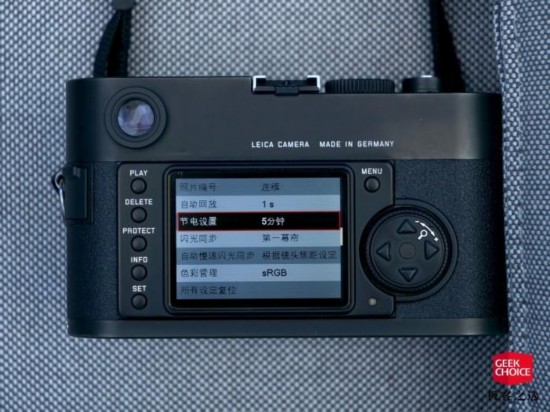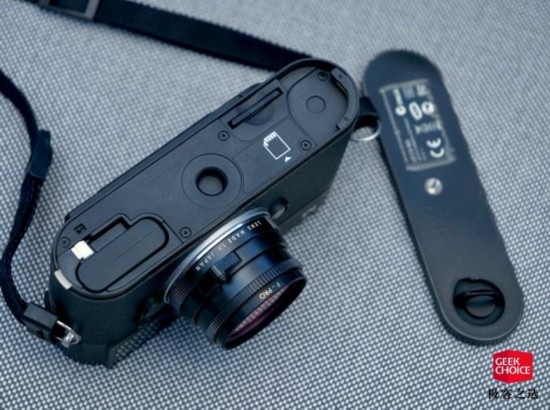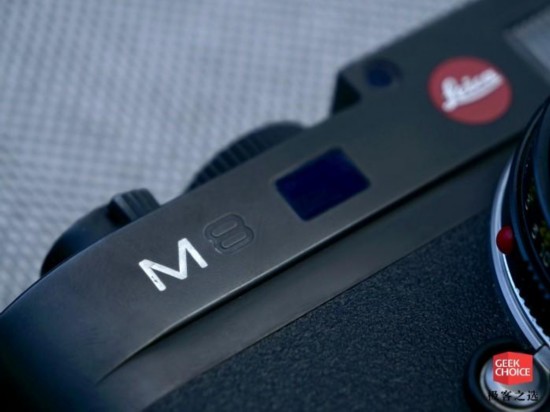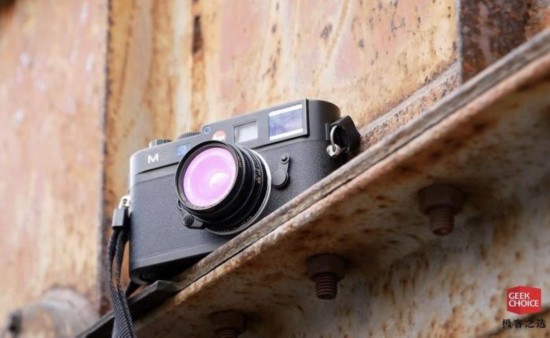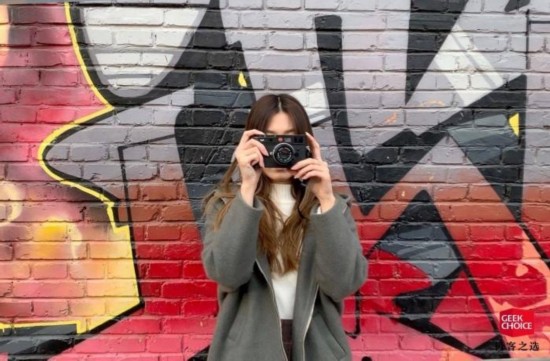Nanjing police responded to BMW car accident: the speed of the accident is to be identified.
The speed of the BMW accident is to be identified.
Nanjing traffic police responded to nine doubts. The suspects are not rich second generation and official second generation.
In view of the traffic accident at the intersection of Shiyang Road and Youyi River in Qinhuai District on June 20th, Weibo, the official of Nanjing Traffic Management Bureau, released the latest investigation progress at 9: 00 last night. This is also the third briefing issued by the department, which responded to many doubts that have attracted wide attention.
1. How can the police determine that the arrested suspected man is the perpetrator?
The police extracted the blood on the airbag of the BMW car at the scene, and compared it with the blood sample of the suspected man captured by the police, and found it to be the same. Witnesses at the scene identified the arrested man as the suspect. In addition, the suspect Wang Jijin was hit by a vehicle airbag on his chest and was strangled by a seat belt, so it was determined that Wang Jijin was the driver of the BMW.
2. How does the police rule out the suspicion that the suspect was driving under the influence of drugs?
According to the police investigation, the suspect Wang Jijin had no drug abuse record. After the incident, he was tested for urine, and the result was negative, confirming that he was suspected of driving without drugs. During the on-site investigation, the police found that there was a bag of white powder on the ground about 30 meters away from the BMW. After being extracted and tested by the police, the white powder was starch, which ruled out the possibility of drugs.
3. How do the police rule out the suspicion of drunk driving?
After the incident, the police extracted the blood sample of the suspect and sent it for inspection. The identification result was that no ethanol component was detected in the blood sample of the suspect Wang Jijin.
4. It is understood that the BMW involved in the accident is a seizure car. Can the car be driven on the road, modified or insured?
After investigation, the license plate number of the BMW is Shaanxi AH8N88, the vehicle registration place is dmv, the traffic police detachment of Xi ‘an Public Security Bureau, and the owner is Xu Moumou. The initial registration date is March 13, 2014, and the inspection period is valid until March 31, 2016. At the end of 2014, the car was seized by Xi ‘an Public Security Bureau according to law. According to the relevant laws and regulations, the vehicle shall not be changed or transferred during the seizure period, but it does not affect the use of the vehicle. Appraised by the police, the car is a BMW "730" sedan, only the logo has been changed to the BMW "740" logo, and its appearance and technical parameters are consistent with the vehicle registration data. The car is insured with compulsory insurance and third party liability insurance in Pacific Insurance Company, and the insurance is valid from January 14, 2015 to January 13, 2016.
5. Is the BMW owned by the suspect and the source of the vehicle?
The registered owner of Shaanxi AH8N88 BMW is Xu Moumou, and the actual user is Wang Jijin. After investigation, due to debt disputes, the owner of the car changed hands several times to pay off debts. Later, Wang Jijin bought and used it privately at the price of 400,000 yuan in early 2015, but did not go through the relevant transfer procedures. At present, the police are investigating the multiple transactions of the car.
6. Is the suspect’s driver’s license within the validity period?
After investigation, Wang Jijin’s quasi-driving model is A2, and the driving license is valid from March 16, 2011 to March 16, 2021, with a validity period of 10 years.
7. Is the suspect a rich second generation or an official second generation?
After investigation, the suspect Wang Jijin (male, 35 years old, from Jingjiang, Jiangsu) temporarily lives in Jiangning District, Nanjing, and his parents are currently working in Jingjiang’s hometown. His father worked in Nanjing in 1992, and then operated the sales business of hydropower materials in a decorative city. In 2006, due to physical reasons, he handed over the shop to his son Wang Jijin. His mother has no job.
8. Why was the suspect wearing a helmet and restrained when he was examined by the police station?
The suspect Wang Jijin was very excited after being arrested and taken to the police station. He shouted loudly, hit his head against the wall and tried to bite the police and secret service personnel. For safety reasons, the police put on a helmet for Wang Jijin, handcuffed his hands behind his back and controlled his legs with restraint belts.
9. What is the speed of BMW? Is it speeding?
According to the video and eyewitness reports, the instantaneous speed of the BMW car was very fast, but the specific value needs further identification.
Jinghua Times News (Reporter Nie Hui)



